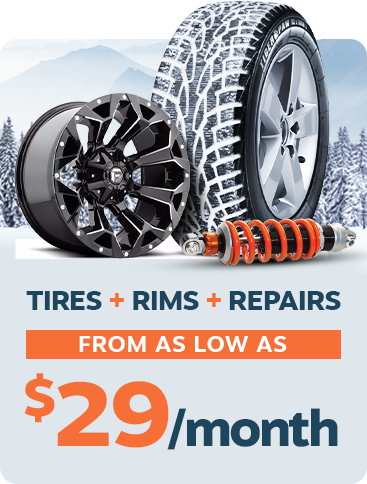Bumpy Ride/Broken Spring
Automotive coil springs are one of the most central and dynamic components of a vehicle’s suspension system; constantly working to absorb shocks, keep the wheels in contact with the road and deal with uneven road surfaces. It is therefore no surprise that after many millions of cycles, even the best made springs will become tired and begin to sag; vehicle ride height will drop and may become uneven, and eventual breakage is likely.
There are several reasons for spring failure, and most manufacturer’s take various steps to combat these to ensure the longest possible service life.
Corrosion – Corrosion is the most common cause of spring failure, as defects and chips in the layer of lacquer cannot be avoided. Without additional protection, the spring steel will begin to rust immediately, leading to creep corrosion under the lacquer which spreads rapidly, significantly increasing the risk of breakage.
A corrosion attack at the transition end of the coils on a tapered wire spring carrying high stresses, will more quickly lead to breakage than parallel wire. Tapered wire is normally under high stress at the point where the spring leaves the spring plate support (the relief point), increasing the risk of breakage when exposed to corrosion.
An additional layer of corrosion protection between the paint and the spring by using the galvanic protection method of zinc phosphating helps prevent corrosion even after defects occur in the paint layer.
Fitting in pairs
When a spring fails, due to corrosion or other reasons, drivers often request that only the defective spring be replaced rather than replacing it in axle pairs. Failure to replace in pairs can have multiple negative consequences, in addition to likely financial costs. Coil springs fitted in axle pairs degrade at around the same rate during normal use, meaning that when one sags or breaks, the other will most likely not be far behind. When just one spring is replaced on an axle, an imbalance can exist. Replacing springs in pairs will return the vehicle to the original ride height.
Because coil springs are so vital to the overall handling of the vehicle, the uneven ride resulting from a failure to replace in pairs can cause multiple severe safety risks. These include:
Less Responsive Steering – A sagging spring can cause a change in the camber angle on that wheel, resulting in less contact between the road and tyre, potentially causing the vehicle to pull in one direction. Additionally, the spring cannot effectively absorb and dissipate the vehicle load during cornering. This leads to increased body roll on bends.
Less Secure Road Holding – A difference in ride height across one axle has a negative effect on the road holding properties of the vehicle, caused by uneven tyre contact with the road.
Increased Braking Distance – An imbalance caused by a sagging or broken spring will reduce friction and road contact on one or more tyres, leading to an increase in the distance required to stop.
Increased Tire Wear – A change in the wheel angles caused by a defective spring can lead to faster tire wear and a premature need for new tyres at a cost which could end up being more than that of a replacement coil spring.

According to the Vehicle and Operator Services Agency (VOSA), around 15% of all defects discovered during an MOT are suspension related and about 12% of vehicles fail the test due to a suspension problem.
The MOT inspection guide gives the following reasons for failing a coil spring after visual inspection:
– Cracked or fractured
– Worn or corroded such that it is seriously weakened
– Repaired by welding or damaged by excessive heat
– Not correctly located
– Coil spring mounting which is loose, cracked, fractured or seriously weakened by corrosion.
It is therefore very important for workshops and garages to inspect springs at every opportunity and encourage customers to replace springs in pairs, just as they would with brake pads or discs. It is good practice for garages to advise the customer of any spring issues, even if they may not yet be at the point where MOT failure would be likely. Such issues may include:
– Reduced ride height or vehicle imbalance
– Excessive rust, particularly towards the ends of the coil
– Salt, grit or water build-up within the spring mount, or deterioration of the mount itself
– Chips or scratches to the spring’s surface or clear evidence of creep corrosion
By replacing in pairs, the customer actually achieves an overall cost saving, since the labour to replace a pair will be cheaper than the labour for replacing individual springs twice within a short period of time. Not to mention the inconvenience of the vehicle being off the road on two occasions rather than the once.



